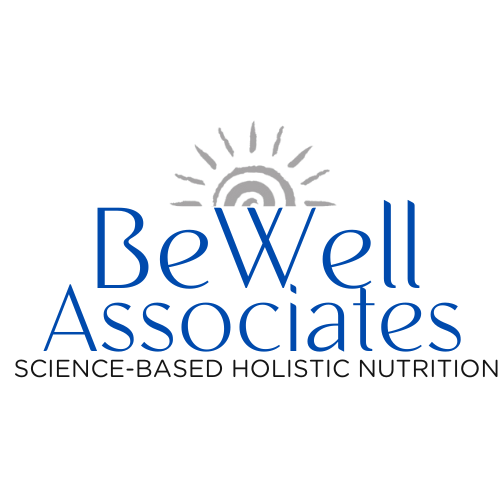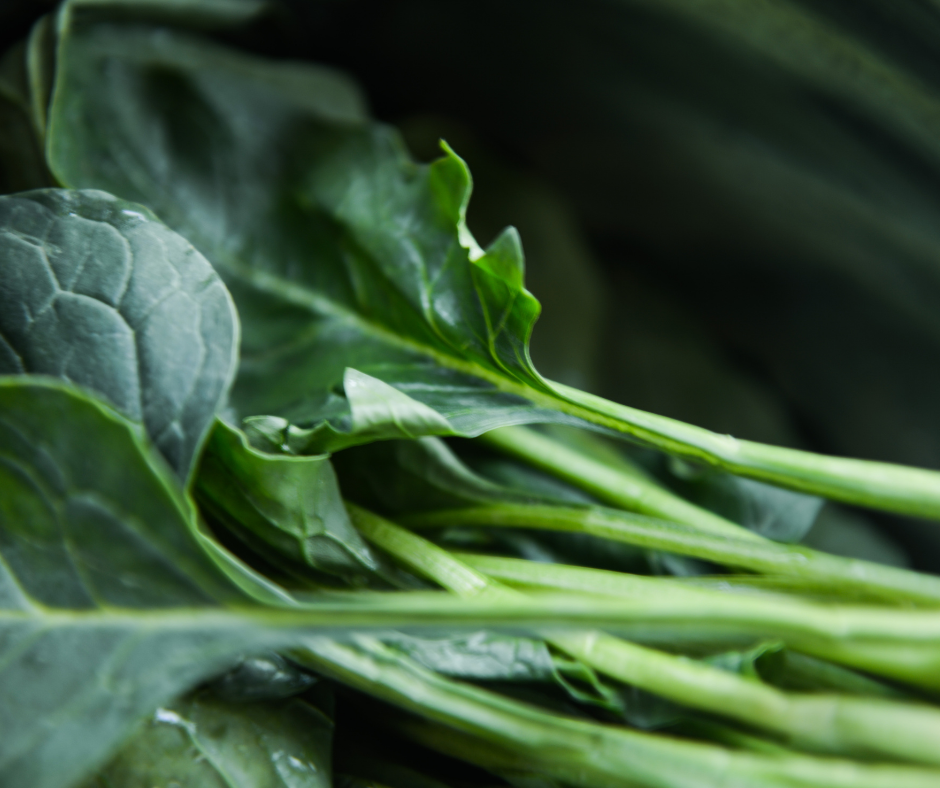An acid-alkaline balance is vital in preventing inflammation and aging and maintaining a healthy body and mind. Without it, you are setting yourself up for a host of issues, from frequent colds to low energy to issues in every major body system.
How Does Acid-Alkaline Balance Work?
Each food, when metabolized in the body, breaks down into acid or alkaline elements. The body is happiest when it is slightly alkaline, with the blood pH at 7.41. (A pH of 7.0 is neutral, while above is more alkaline and below more acidic).
Why Does pH Matter?
Chronic acidic blood pH levels can lead to serious health problems such as low energy, unwanted weight gain, poor athletic performance, and accelerated aging. Other problems can occur with the lymph, neurologic, and cardiovascular systems in addition to these issues. An acid environment around the cells also a build-up of waste products that clog the lymph system, making it difficult for the body to move out the waste products, which sets the stage for disease.
The Role of Excess Mucus
Mucus production is related to acid-forming foods. While we need some mucus for body function, a diet too high in acid-forming foods will produce excessive mucus, which can be the medium conducive for the growth of bacteria, yeast, and viruses. Protecting our body from viral invasion and infection is extra essential now.
Your body will try to eliminate the excess mucus and acid elements through colds, sinus problems, or skin rashes, which are often mistakenly seen as the illness itself rather than symptoms the body’s attempt to heal. The real problem lies more with your diet.
Colds and infections, and even some chronic degenerative diseases, such as arthritis, hypertension, and cardiovascular issues, will diminish as we move towards a more alkaline diet. Even if you are not sick, you will notice a beneficial change.
How to Balance Acid-Alkaline through Diet
A balanced diet consists of 70-80% of alkaline-forming foods. This will keep your eliminative and nervous systems healthy, and you will feel able to work and relax easily. This diet means eating lots of fruits and vegetables. A diet that is too “acidic” leads to more tissue, organ, and body congestion and inflammation.
It can be confusing to understand which foods are acid and alkaline because it’s not necessarily related to how foods taste.
Examples of Alkaline-Forming Foods:
- Green leafy vegetables.
- Cauliflower and broccoli
- Citrus Fruits
- Seaweed and sea salt
- Root vegetables
- Seasonal fruits
- Onion, garlic, and ginger
- Buckwheat and millet
- Lima and soybeans
- Honey in moderation
- Certain seed and vegetable oils
Acid-Forming Foods
Most protein foods like meats and seafood, eggs, and milk products, such as butter and cream, most nuts and nut oils, and many of the grain and sugary foods are all acid-forming. Does this sound like your diet? Most foods in the typical American diet are acid-forming. That’s why we all need to focus on eating more vegetables and other alkaline-forming foods.
How To Begin
Paying attention to the acid-alkaline balance of your diet will affect your overall health. The choices you make at each meal can add up to a strong constitution, lots of energy, and less susceptibility to colds and flu. Try adding an alkaline food to each meal.





Add Comment